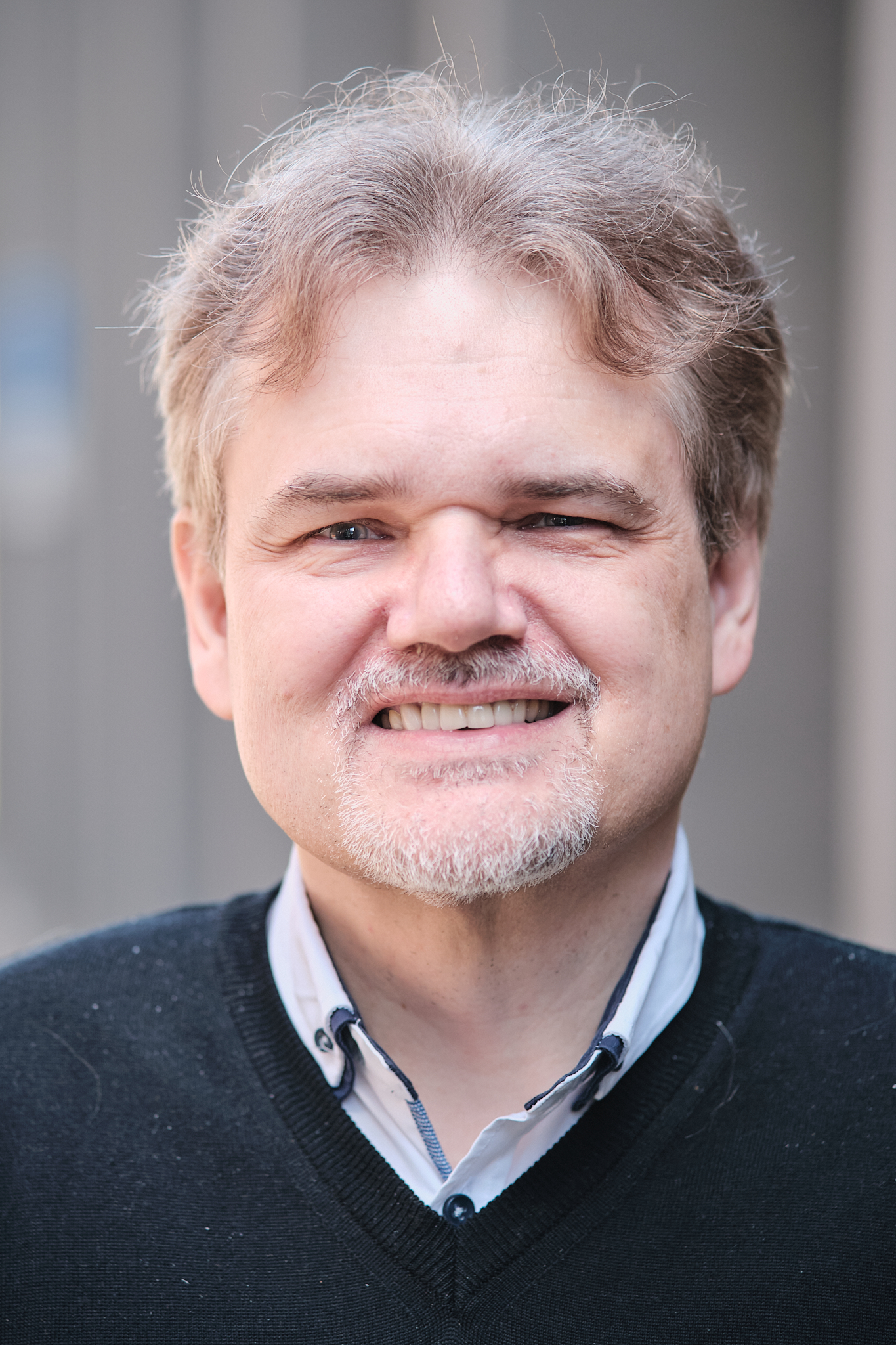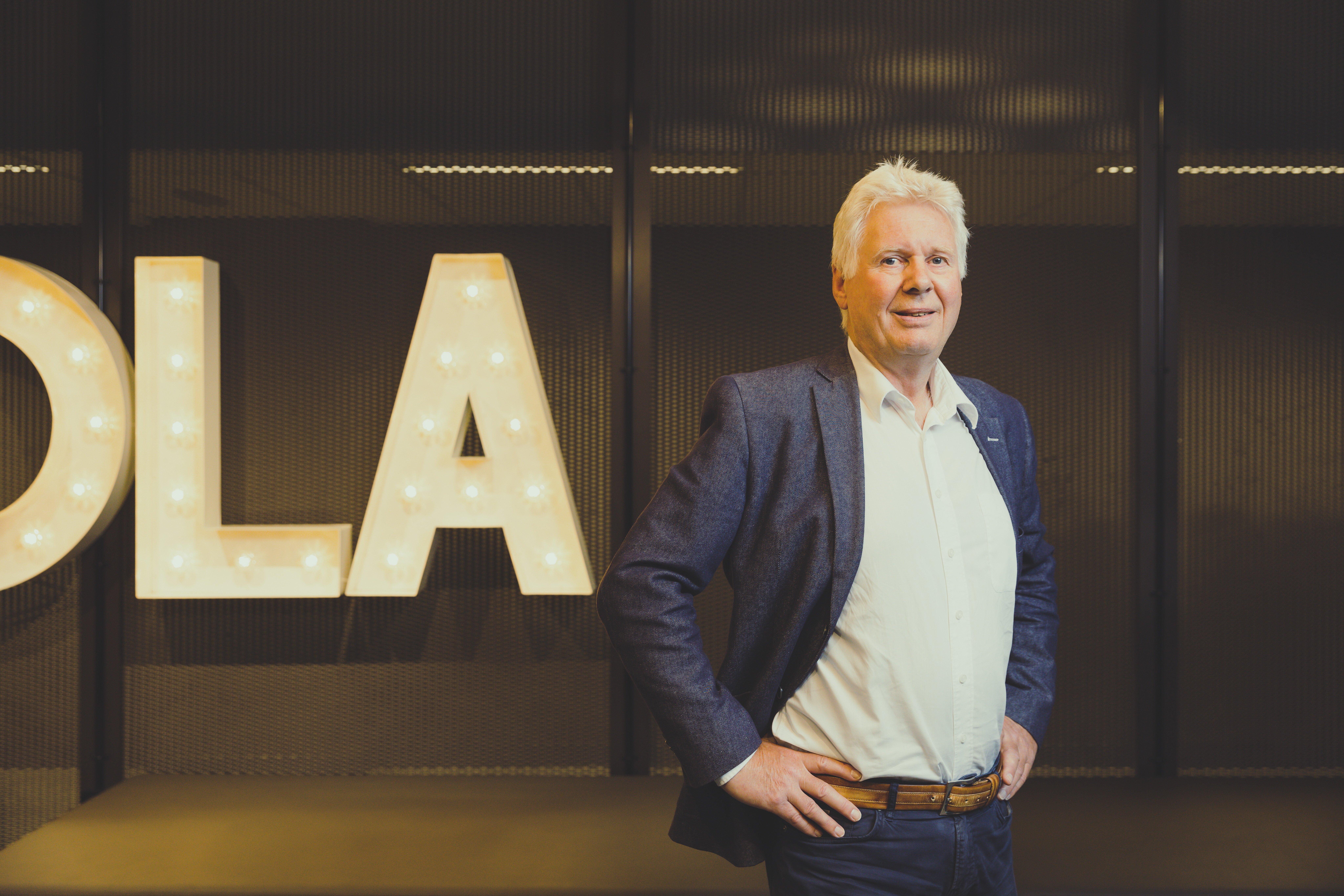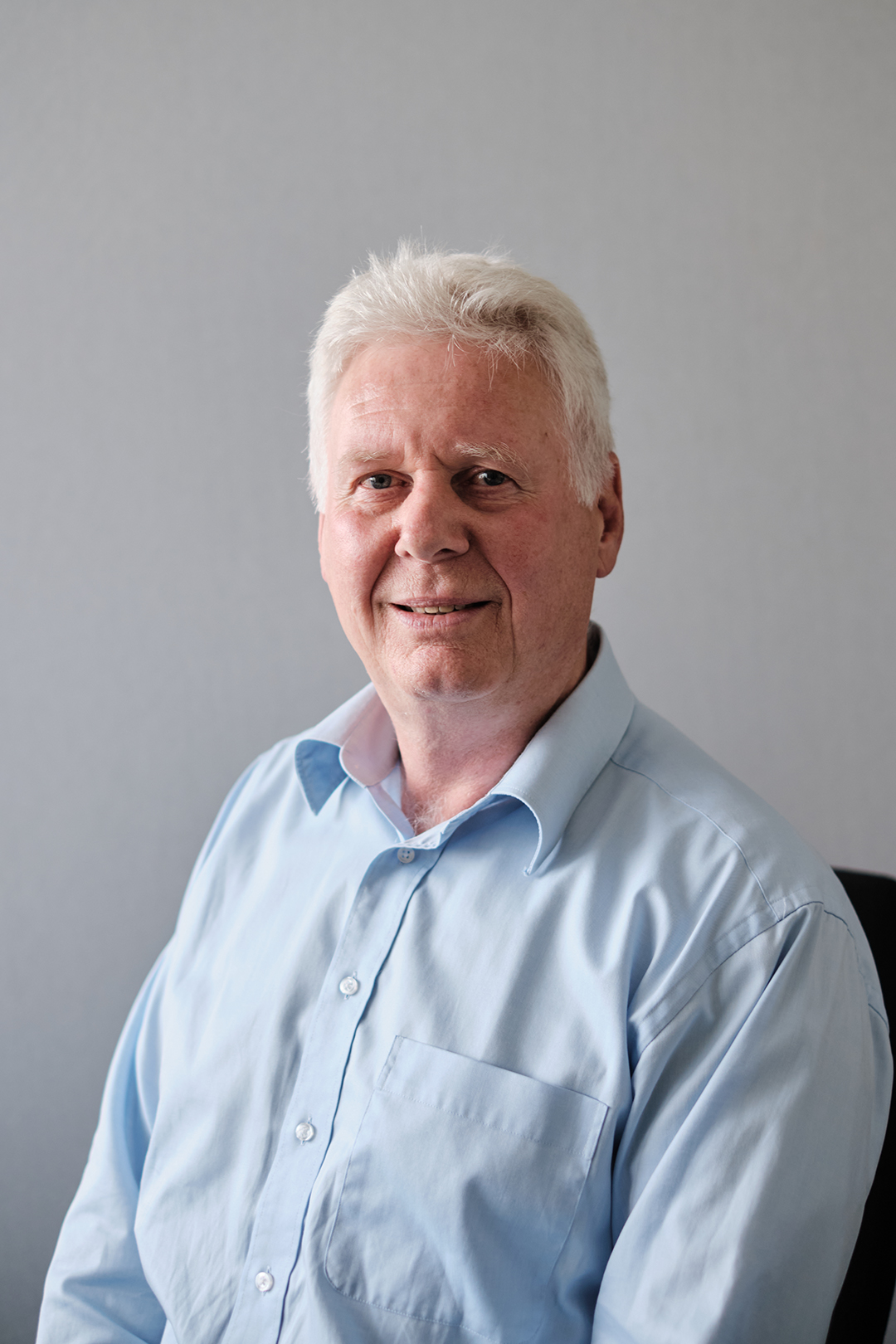A new look at the living auditory system
Faruk Gülban joined the Faculty of Psychology and Neuroscience (FPN), 5 years ago, to map the auditory system in the living human brain. Not only mapping the surface, but going deep inside the brain, to the brain stem and thalamus, creating a full visual representation of the system. “It’s difficult to see these deeper structures clearly, but they are essential to our auditory system, and our hearing”.
Information contained in a sound takes a long trip before it reaches finally reaches the cortex (where it is processed). From the ear, it goes to the cochlea, to the brain stem, the thalamus and then travels to the cortex. “If you can only study the cortex, you’re missing out on a large part of the auditory system”.
Modernising
These structures deep in the brain have been studied for over 100 years, but in animals or deceased persons. These studies are only about the shape of the structures, not the function. There are many drawings from these studies, but it’s hard to understand a 3D structure by looking at a 2D representation. “Our first task was to modernise and transform the old studies into a full 3D format”. This modern map of the auditory system opens the door to new studies.
Putting the scanners to good use
The 7T MRI scanners at FPN were used to record living human data. This way of using the scanners combines cutting-edge physics with biology, psychology, and neuroscience. All previous studies were done on dead tissue or in way that doid not allow to have sufficient detail of these structures. “We want to study living tissue to learn how it works, and how to treat it when it malfunctions”. From each participant in the study Gülban acquired many pieces of information. From anatomical images of the structure to MRI-images that show the connections between these structures and finally functional imaging. But the first issue to address is “are the structures we see, the connections and the functional activations the right ones?”.

Best of both worlds
Gülban and his team went to conferences to share their work. In 2017 in Vancouver they connected with Kevin Richard Sitek from the Massachusetts Institute of Technology (MIT). He was doing similar research on dead tissue. After some time of mailing back and forward, Sitek acquired a grant to visit Maastricht, and the researchers decided to combine their projects into a comprehensive, cornerstone study.
The MIT data from dead tissue was combined with Gülban’s MRI results, and public data from histology (cell counts from studies that meticulously dissect the brain: the gold standard). “This way we had a 3-way cross-validation, and a reliable visualisation of the auditory system”.
A new standard
The study ushers researchers in a new era and demonstrates that the 7T MRI scanner can reliably be used for deep brain imaging. “We’re not only re-doing studies in a higher resolution, but we’re really utilising the cutting-edge technology to set a new standard, for us to start understanding human hearing”.
Public access
Gülban and his team have made all their data publicly accessible. “It’s the modern way of collaborating, researchers can download our data and start their own research”. Gülban says it’s very important to him “We’re funded by public money (NWO) and we want to make sure that the results of our work serve the public and is available to the public”.
Also read
-
FPN’s prof. dr. Rainer Goebel has been awarded an ERC Advanced Grant of € 2,5M for his research project Reading the Mind’s Eye: AI inspired personalised brain models of mental imagery. Goebel is among 255 researchers (out of 1829 applications in all domains) in Europe to receive the grant, and he is...
-
Professor Fred Zijlstra is set to retire in May. How does he look back on his career? What is his take on current developments in the field of work and organisational psychology? And how can we, as a society, best organise work—now and in the future?
-
On 8 June, Professor Fred Zijlstra will bid farewell to the Faculty of Psychology and Neuroscience and his Chair in Work and Organisational Psychology. In his farewell address, he will look back on the work that has fascinated him for so long. We met him in his office to get a preview of this...



